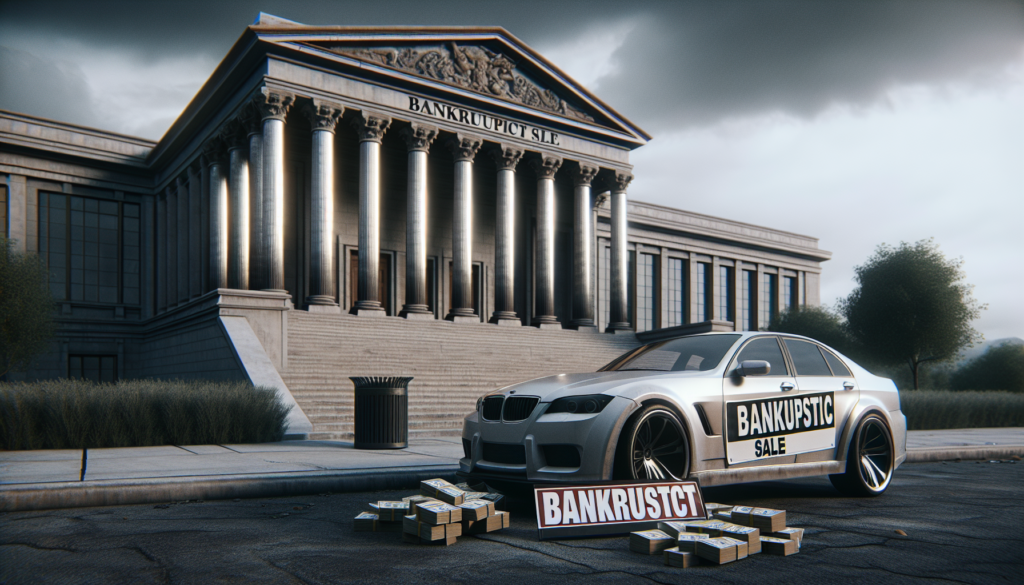
Secured debt is treated differently in Chapter 7 and Chapter 13 bankruptcy cases, reflecting the distinct nature of these bankruptcy types. Here’s how secured debt is generally handled in each case:
Chapter 7 Bankruptcy:
- Liquidation: In Chapter 7, non-exempt assets may be liquidated by the bankruptcy trustee to pay off creditors. If a secured asset (like a car or home) is not exempt and has significant equity, the trustee might sell the asset to pay the debt.
- Reaffirmation: Debtors can choose to reaffirm a secured debt, meaning they agree to continue making payments to keep the asset. Reaffirmation agreements must be approved by the court, and the debtor must demonstrate the ability to make payments without undue hardship.
- Redemption: Debtors have the option to redeem a piece of property by paying the current market value in a lump sum, even if it’s less than what’s owed. This is most common with personal property like vehicles but is less feasible with real estate due to the lump sum payment requirement.
- Surrender: Debtors can choose to surrender the asset to the creditor, discharging the debt associated with the property. The creditor then sells the asset, and any deficiency (the amount still owed after the sale) may be discharged in the bankruptcy.
Chapter 13 Bankruptcy:
- Plan Inclusion: Secured debts are included in the Chapter 13 repayment plan. Debtors propose a plan to repay debts over three to five years, which can include catching up on arrears for secured debts while maintaining regular payments.
- Cramdown: In some cases, Chapter 13 allows for a “cramdown” of secured debts, where the debt amount is reduced to the asset’s current market value. This is most commonly applicable to personal property like cars purchased more than 910 days before filing and investment properties, but not a debtor’s primary residence.
- Lien Stripping: If there are multiple liens on a property and the value doesn’t cover junior liens, Chapter 13 might allow “lien stripping,” where secondary liens are treated as unsecured debt and can be discharged at the end of the repayment period.
- Maintaining Payments: Debtors must continue making regular payments on secured debts during the Chapter 13 plan. Failure to make these payments can result in the creditor being allowed to foreclose or repossess the property.
- Discharge: At the end of the repayment plan, if the debtor has made all required payments, any remaining amount on unsecured debts may be discharged. However, for secured debts, the debtor typically must continue making the regular payments if they wish to keep the asset.
In Chapter 7, secured debts often lead to decisions about whether to keep or surrender the asset, with options like reaffirmation and redemption available. In Chapter 13, secured debts are incorporated into the repayment plan, with possibilities for modification like cramdowns or lien stripping, depending on the asset’s value and the debt structure. The choice between Chapter 7 and Chapter 13 can significantly impact how secured debts are handled, so it’s crucial to consider these factors when deciding which bankruptcy type to file.


Get a Free Bankruptcy Case Evaluation